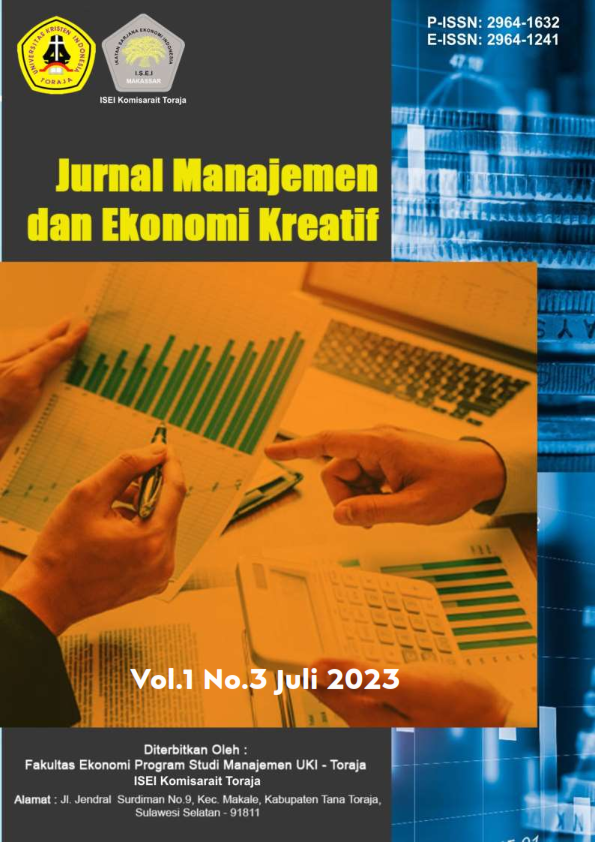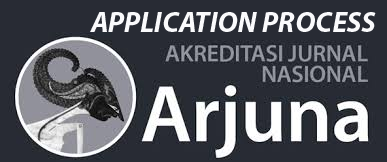Peran Human Capital Dalam Meningkatkan Kinerja Perusahaan
DOI:
https://doi.org/10.59024/jumek.v1i3.108Keywords:
Human CapitalAbstract
This paper provides a literature review that focuses on the relationship between human capital and performance essentially at the firm level. Measurement of human capital is not intended to determine the intrinsic value of HR, but rather the impact of HR behavior on organizational processes. This measurement is important to determine the effectiveness of the company's strategy on how much the employee contributes to improving performance in an increasingly advanced business environment. says there are two main strengths why human capital measurement is the main center of attention in the business community. First, competition in the business environment is a result of the globalization of trade and the development of several key sectors such as telecommunications, transportation and financial services. Second, the rapid development of information technology, especially after the emergence of the internet. These two developments have dramatically changed the business structure and pushed intangible assets to play an increasingly important role for companies.References
Barney, J B 1991 Firm Resources and Sustainable Competitive Advantage Journal of management. pp. 99-20
Bartel, A.P. 1994. Productivity gains from the implementation of employee training programs. Industrial Relations, 33: 411-425
Black, S. E., & Lynch, L. M. 1996. Human-capital investments and productivity. The American Economic Review, 86: 263?267.Davemport, T.O. 1999. Human Capital: What It Is and Why People Invest In It. Jossey Bass, San Francisco
Delaney, Lewin, and Ichniowski, C. 1989. HR policies and practices in American firms. US Department of Labor Management Relations and Co-operative programs, BLMR 173 . Washington DC: US Government Printing Office.
Fitz-enz, J, 2000. The ROI of Human Capital: Measuring the Economic Value Added of Employee Performance, AMA-COM. New York: American Management Association,
Mangkunegara, Anwar Parabu, 2001. Manajemen Sumber Daya Manusia Perusahaan, PT. Remaja Rosda Karya: Bandung
Nkomo, S.M. 1987. “Human resource planning and organisational performance: An exploratory analysis” dalam Strategic Management Journal, 8.
Preffer, Jeifry. 1995. Producing Sustained Competitive Advaittage Through The Effective Management of People, Accademy Management Excecutive, voL9. No. I . 55-72.
Terpstra, D.E. & Rozell, E.J. 1993. “The relationship of staffing practices to organisational level measures of performance” dalam Personnel Psychology, 46.
Weatherly, L.A. 2003. “The Value of People: The Challenges and Opportunities of Human Capital Measurement and Reporting,” dalam Research Quarterly. Society for Human Resource Management.
Zahra, S.A., and George, G., 2002. ”Absorptive Capacity: A Review, Reconceptualization, and Extension. Academy of Management Review, Vol. 27, p. 185-2
Downloads
Published
How to Cite
Issue
Section
License
Copyright (c) 2023 Aep Saepudin, Amelia Suci Pertiwi, Devi Delvita, Didik Udayana, Refliza Yanti

This work is licensed under a Creative Commons Attribution-ShareAlike 4.0 International License.








